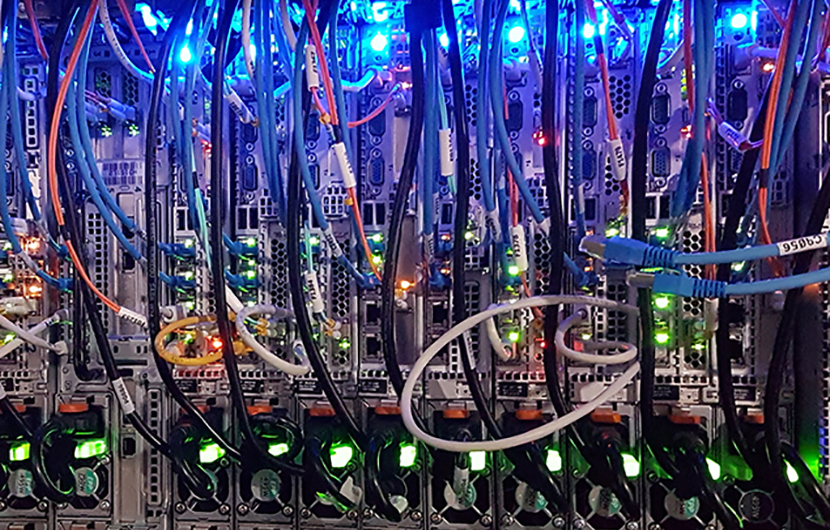
Data Centers Seeing Strong Capital Inflow

Data centers, once a niche investment, have grown into a cornerstone of the information economy and are seeing considerable investment, analysts said.
Cushman & Wakefield, Chicago, reported $100 billion has poured into the asset class over the past decade.
“The data center sector is benefiting from the increased priority that businesses have placed on digital infrastructure and technology innovation in the wake of COVID-19,” CBRE said in its North American Data Center Report. “The strong performance of the publicly traded data center real estate investment trusts helped to spur an uptick in investor interest in buying assets directly. With more investors targeting data centers and limited opportunities of scale, yields compressed.”
Cushman noted this capital inflow has been matched by an equally major technical shift as companies move their data off premises, first to colocation facilities and more recently to a mixture of colocation and public and private clouds. “This shift has caused the largest cloud platform providers, Amazon, Google and Microsoft to become the most influential players in many markets, altering data center sizing by a factor of 10,” the firm said. “The 10-megawatt data center that was impressive 10 years ago now pales in comparison to 30-MW leases now signed with increasing regularity.”
Cushman evaluated 1,162 data centers across 38 global markets. It found the largest markets, including northern Virginia, Silicon Valley, Dallas, Chicago and New York/New Jersey, dominate the data center landscape. “Still, emerging markets such as Atlanta, Denver, Dublin (Ireland), Las Vegas, Phoenix, Portland, Salt Lake City, Sydney (Australia) and Vancouver (B.C.) offer compelling alternatives,” the report said.
Dave Fanning, Executive Managing Director and Leader of Cushman & Wakefield’s Data Center Advisory Group, said the speed with which the industry is changing makes the creation of a data center strategy a complex and “daunting” task. “Enterprises must determine what to do with their on-premises facility, which workloads to move to the cloud and how implement a hybrid IT strategy,” he said. “Developers and operators require a parcel with robust fiber and access to power as well as a thorough grasp of the permitting process and all risk factors. Investors must be able to assess the long-term potential of a data center to hold its value and how easily it can be upgraded. All involved require access to capital and a clear understanding of objectives.”
Several European markets, notably London, Paris, Milan and Zurich, are receiving significant interest from international operators, and several Asia-Pacific markets such as Sydney, Tokyo, Hong Kong, Beijing and Shanghai could see “considerable” growth in the next two to three years, with demand for greater connectivity and need for modernization of older assets required, Cushman said. The top 15 global markets will likely remain extremely competitive for the foreseeable future.
“The top markets provide the greatest number of options to the greatest number of perspectives,” said Kevin Imboden, Director of Research for Cushman & Wakefield’s Data Center Advisory Group. “While one size sometimes does fit all, for certain specializations it’s important to review and understand the factors most important to the specific requirement and aim accordingly. Combined with those markets that have been overlooked and underutilized, there is great potential for niche development and secondary markets across the globe.”
